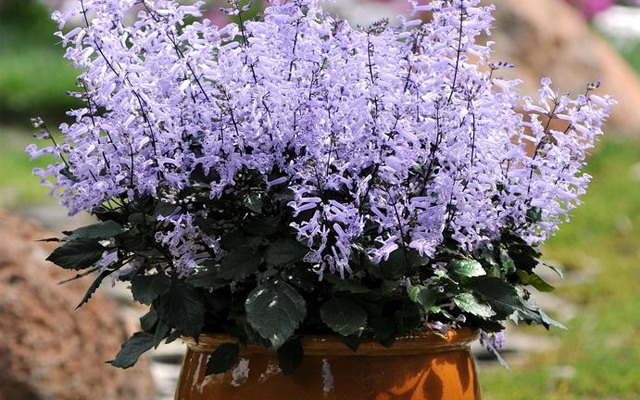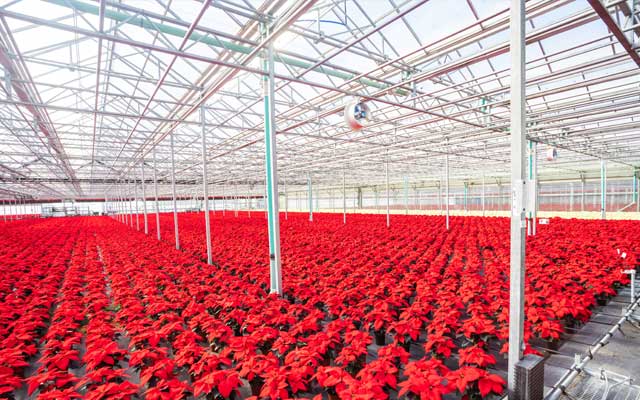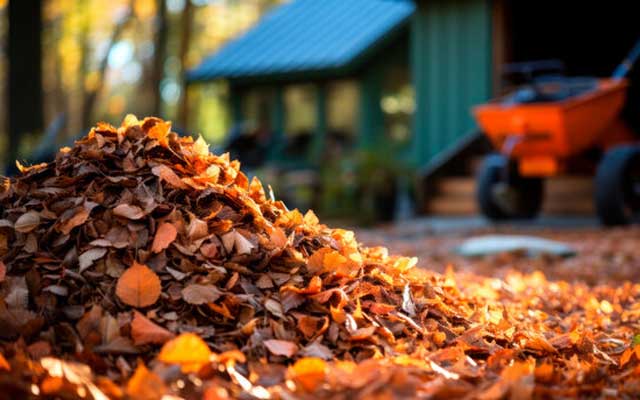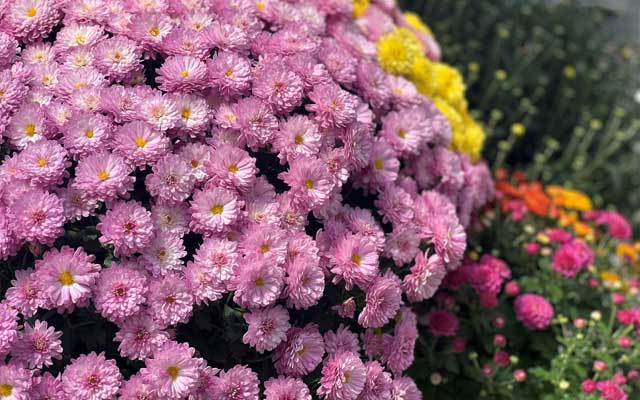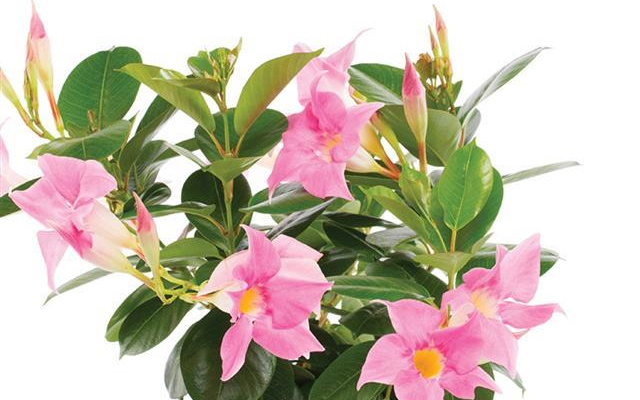If you’re looking to add a touch of elegance and color to your New England garden, you might want to look into Mona Lavender (Plectranthus x hybrida). This versatile and attractive plant is perfect for brightening up your outdoor space. Here are some important things you need to know to successfully grow and care for Mona Lavender in New England.
Why Choose Mona Lavender?
Mona Lavender is a hybrid plant within the Plectranthus genus, known for its stunning foliage and vibrant flowers. It’s a favorite among gardeners for several reasons:
- Striking Foliage: The leaves are often variegated or colorful, with various shapes and textures. They can also be aromatic when crushed, adding a sensory experience to your garden.
- Beautiful Flowers: The small, tubular flowers appear in clusters and come in shades of purple, blue, pink, or white, providing a splash of color.
- Adaptable Growth Habit: Mona Lavender typically has a bushy growth habit, making it ideal for containers, borders, and as ground cover.
Ideal Growing Conditions for New England Gardens
To help Mona Lavender thrive in your New England garden, consider the following growing conditions:
Light
Mona Lavender prefers partial shade to full sun. In New England, it’s best to provide it with morning sun and afternoon shade to prevent leaf scorching during the hot summer months.
Soil
Well-draining soil is essential. Incorporate organic matter into the soil to improve drainage and fertility. A rich, organic mix will help your plant flourish.
Watering
Keep the soil consistently moist but not waterlogged. Considering New England’s variable climate, adjust your watering practices based on rainfall and temperature.
Temperature
Mona Lavender prefers warm temperatures and is sensitive to frost. In New England, treat it as an annual or bring it indoors during the winter months to enjoy it year-round.
Creative Uses in Your Garden
Mona Lavender is perfect for adding aesthetic appeal to various parts of your garden:
- Containers: Plant Mona Lavender in containers for a portable burst of color.
- Borders: Use it to create beautiful garden borders.
- Ground Cover: Its bushy growth habit makes it an excellent seasonal ground cover.
Essential Care Tips
To keep your Mona Lavender looking its best, follow these care tips:
Pruning
Regular pruning helps maintain the plant’s shape and encourages bushier growth. Pinch back new growth to promote a fuller plant.
Fertilizing
Use a balanced, water-soluble fertilizer during the growing season to promote healthy growth. Apply fertilizer every 4-6 weeks for optimal results.
Overwintering
To keep Mona Lavender through New England winters, bring the plant indoors before the first frost. Place it in a bright, cool location and reduce watering to keep the soil just barely moist.
Watch Out for Common Issues
While Mona Lavender is relatively easy to care for, keep an eye out for these common issues:
Pests: In New England, Mona Lavender can be susceptible to pests like aphids, mealybugs, and spider mites. Regularly inspect the plant and treat infestations promptly.
Diseases: Overwatering can lead to root rot, and poor air circulation can cause fungal issues. Ensure good drainage and avoid overcrowding plants.
Conclusion
Mona Lavender is a versatile and easy-to-care-for plant that can add beauty to any New England garden. Whether used in containers, as a border plant, or as ground cover, its striking foliage and vibrant flowers are sure to enhance your outdoor space. By following these tips and keeping an eye out for common issues, you can enjoy the beauty of Mona Lavender throughout the growing season and beyond. Happy gardening!

